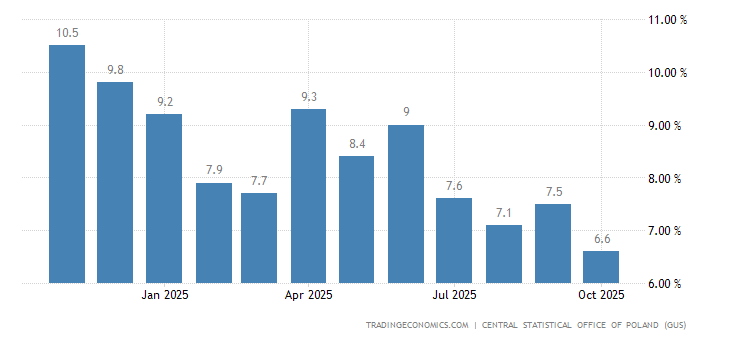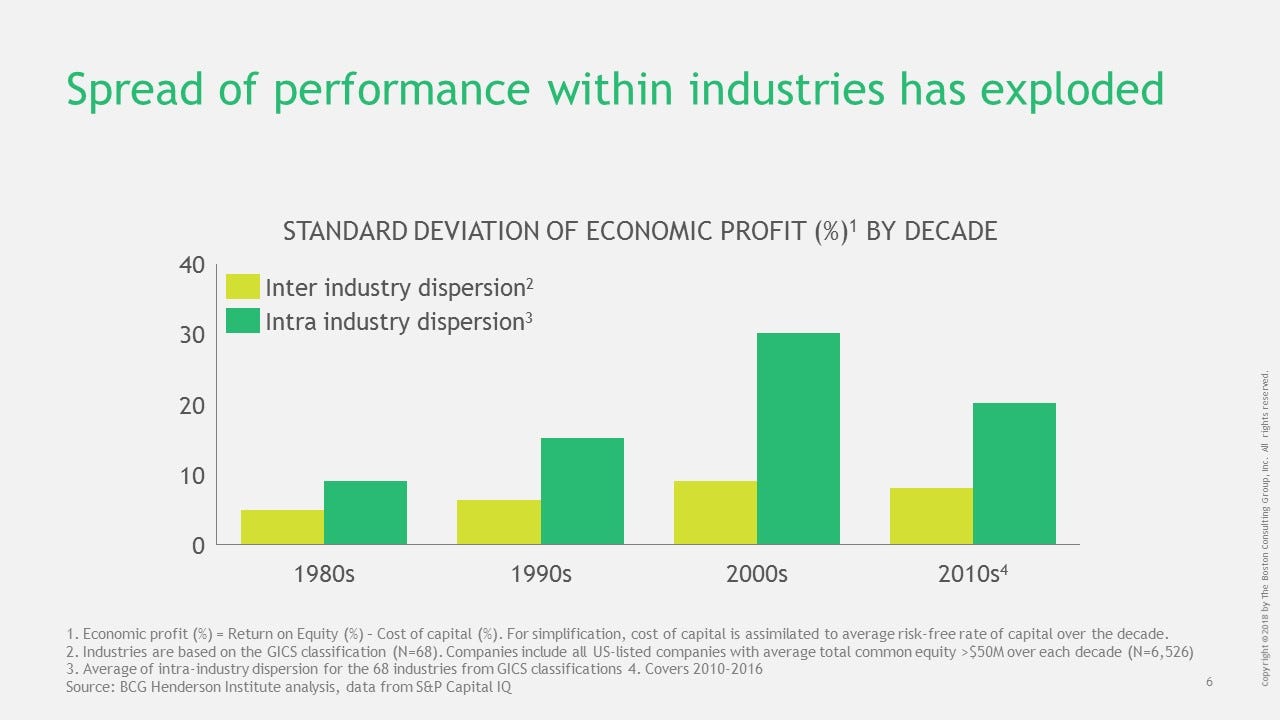"For all the panic in the retail sector about Amazon replacing traditional sales, I don’t see the person-to-person experience going away anytime soon. With a few exceptions, people like leaving the house. They like the experience of shopping, discovery, and interacting with each other."Quando um modelo de negócio está em ascensão, recebe a luz e a atenção dos holofotes. Por isso, toda a gente está condenada a ser bombardeada pelos media com a sua mensagem de que "a nova única via para o sucesso é esta". Os incautos caem na armadilha e tentam combater no terreno onde o concorrente é mais forte, tentam copiá-lo e tramam-se, inevitavelmente.
Nunca esquecer a frase:
"When something is commoditized, an adjacent market becomes valuable"Em vez de copiar o truque é diferenciar. Ok, talvez tenha de começar por encolher a organização (grande exemplo da Apple de 1997), mas depois há que procurar fugir o mais possível do espaço competitivo em que o outro modelo de negócio está a ter sucesso.
Trecho retirado de "Retailers can’t out-Amazon Amazon, but they can change the rules"


















